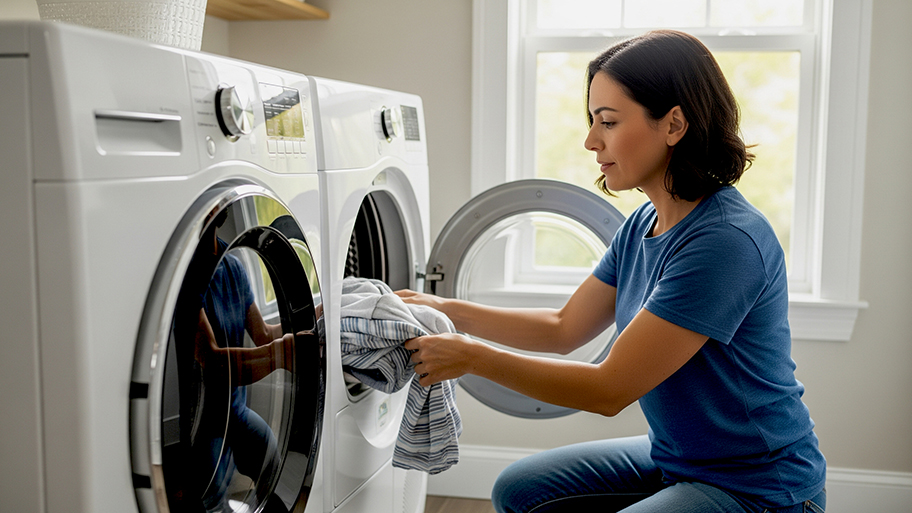
Replacing a dryer belt costs more than just the part unless you can DIY it. The labor cost can easily surpass 90% of the product cost, so if you are handy with tools, try it yourself first.
This is one cut-and-dry appliance


Heat, motion, and airflow are essential for a dryer to function.
A blower fan circulates hot air to remove moisture in your laundry.
A simple pulley wheel and belt system rotates the drum.
Sensors, thermostats, and timers manage drying cycles.
Clean the lint filter and vents regularly to prevent airflow blockages.
A clothes dryer ensures your clothes, bedsheets, and towels are fluffy, dry, and smelling great. A clothes dryer uses heat, motion, and airflow to remove moisture from wet laundry. It’s not everyone’s favorite chore, but learning about how a clothes dryer works can help you stop dryer problems in their tracks and avoid a damp disaster.
A clothes dryer uses an electric motor to rotate the drum of wet clothes while a blower circulates hot air through the chamber. The circulating hot air causes the moisture in the laundry to evaporate, and the steam leaves the dryer through a vent or drainpipe.
Your dryer will stay at a temperature between 120 degrees and 160 degrees Fahrenheit, depending on the type of laundry and cycle setting, thanks to the internal thermostat. Sensors in the dryer monitor the moisture level to ensure the clothes are dry and signal the dryer to turn off at the end of the cycle (cue the jammin’ dryer song).
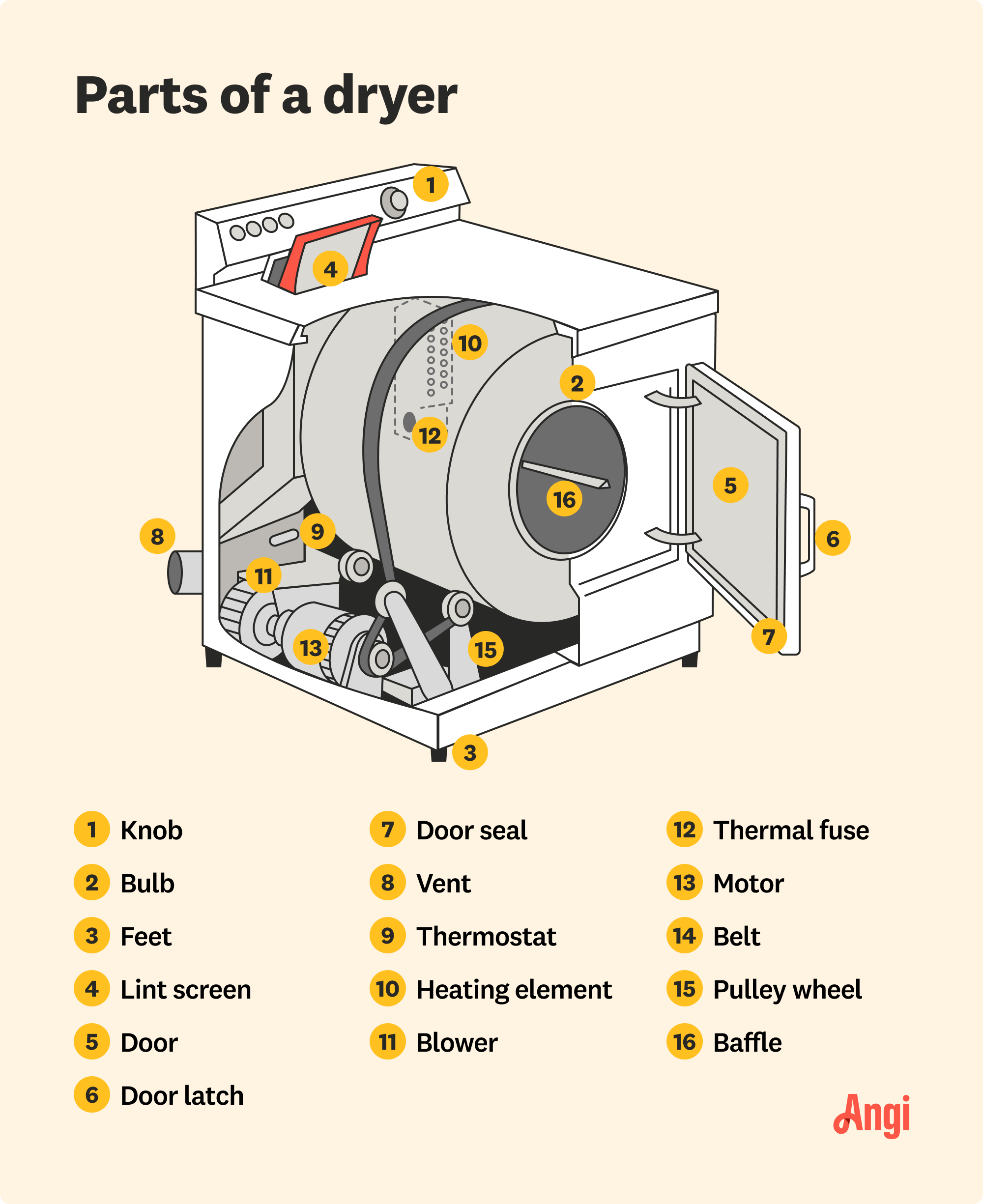
A clothes dryer works through three main components: heat, airflow, and motion. If any one function doesn’t work, the clothes won’t dry. Sometimes, you can successfully troubleshoot different dryer parts on your own. However, it’s always safest to contact a local dryer repair pro to help, especially if you have a gas dryer that’s giving you problems.
The dryer heats the air with a heating element that runs on electricity, propane, or natural gas. The thermostat, sensors, and thermal fuses regulate the temperature, which stays between 120 and 160 degrees Fahrenheit.
In electric dryers, an electric current runs through metal coils to create resistance and a buildup of electrons. The buildup and resistance generate heat. A blower fan circulates the hot air through the drum to remove moisture from the wet laundry.
In gas dryers, the pilot light ignites the gas to create heat. Metal plates then transfer the heat into the drum of the dryer, and the blower circulates the heated air through the drum. Electricity powers the other components, such as the control panel and light inside the dryer. You’ll need a gas hookup in your laundry room for a gas dryer.
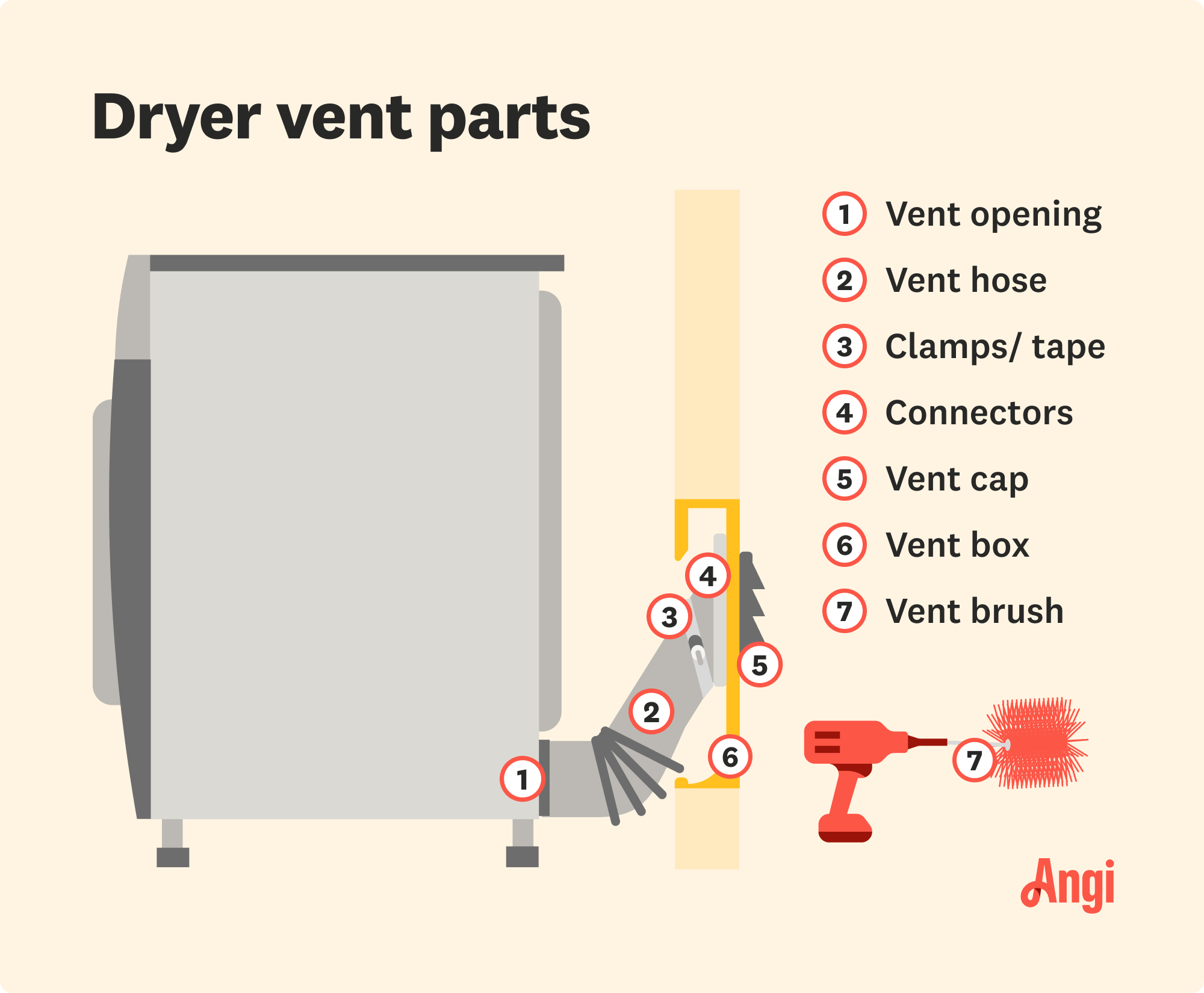
Air circulation and ventilation ensure that the hot air reaches your clothing and then exits the dryer. A dryer pulls in air through a circular opening in the back, the heating element warms the air, and the blower distributes it. The moisture from the laundry then travels out of the dryer to the outdoors through the exhaust duct and outdoor vent.
If you have a ventless dryer, the moisture-filled air travels through a heat exchanger that cools and condenses the steam. The water flows into a drainpipe or a containment chamber. The dryer reheats and sends the hot air through the drum, and the process repeats until your clothes are dry.
A drum rotates your clothes to allow for air circulation and even distribution of the hot air in the chamber. The tumbling motion also fluffs the laundry and reduces wrinkling. A pulley system with a belt and wheel turns the drum on a roller system that’s powered by a motor.
Beyond a dryer’s basic parts, some clothes dryers offer special features and systems. Newer luxury models often have computer electronics.
A clothes dryer may have these extra features:
Different cycle options, including automatic moisture sensing and timed cycles
A steam-dry option to reduce wrinkles or remove odors
Wi-Fi connectivity with remote control via a smartphone or smart home system
A sanitize cycle that uses high temperatures
Advanced moisture sensing to prevent overdrying and extended use
Special cycles for delicates, towels, and bulky items
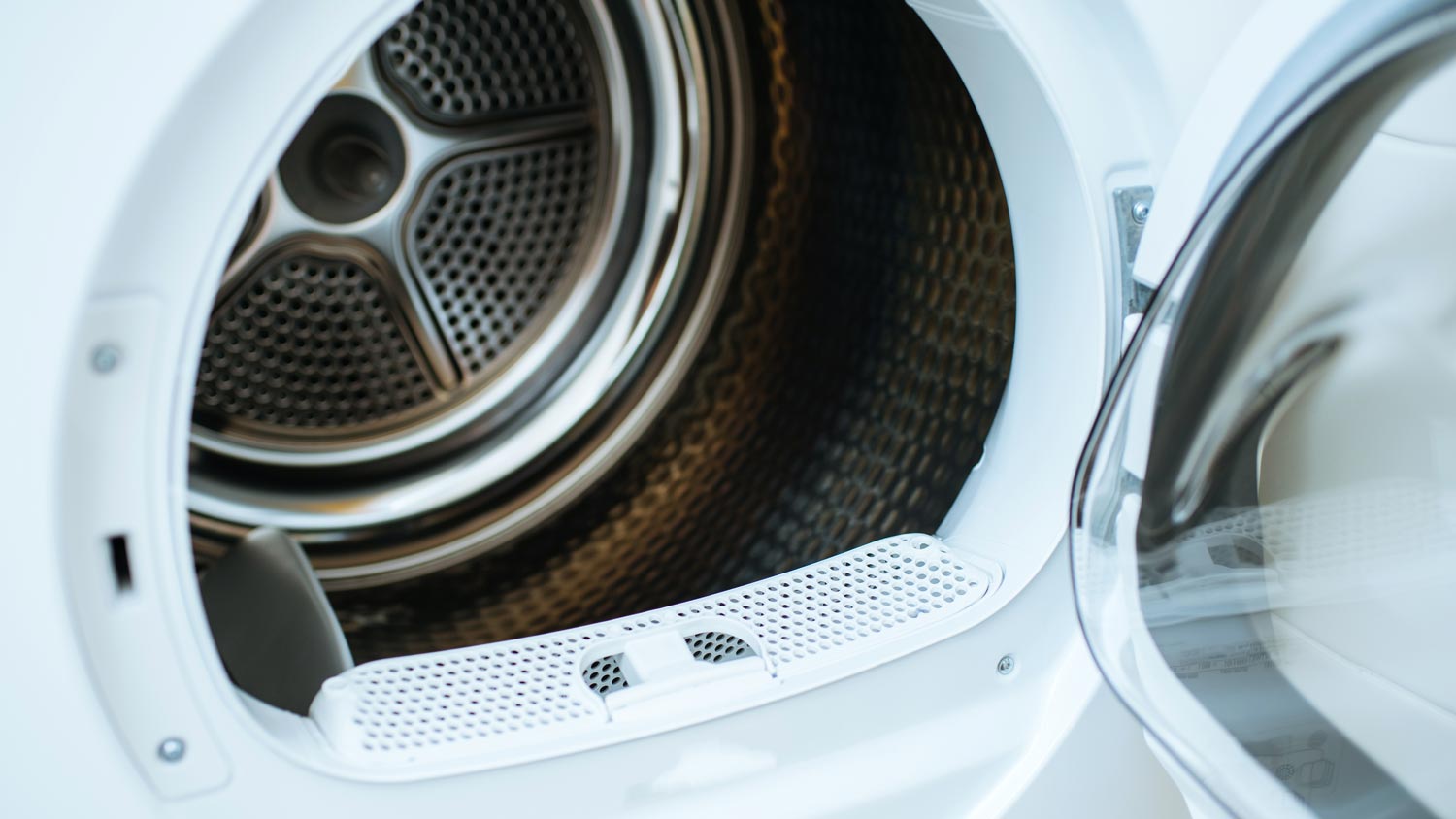
If your clothes dryer isn’t drying, won’t turn on, or you hear squeaking noises from your dryer, sometimes the fix is easy. Other times, you’ll need a pro to diagnose and fix the issue. Learn the key parts of a dryer to troubleshoot common clothes dryer problems.
Heating element: A coil or wire that heats the air
Blower: A fan that circulates hot air through the drum
Drum, pulley system, and motor: Rotates the clothes during the cycle
Sensors: Detect moisture levels to indicate when a cycle is complete
Lint filter: Collects debris and lint to prevent clogged ducts and vents
From average costs to expert advice, get all the answers you need to get your job done.

Replacing a dryer belt costs more than just the part unless you can DIY it. The labor cost can easily surpass 90% of the product cost, so if you are handy with tools, try it yourself first.
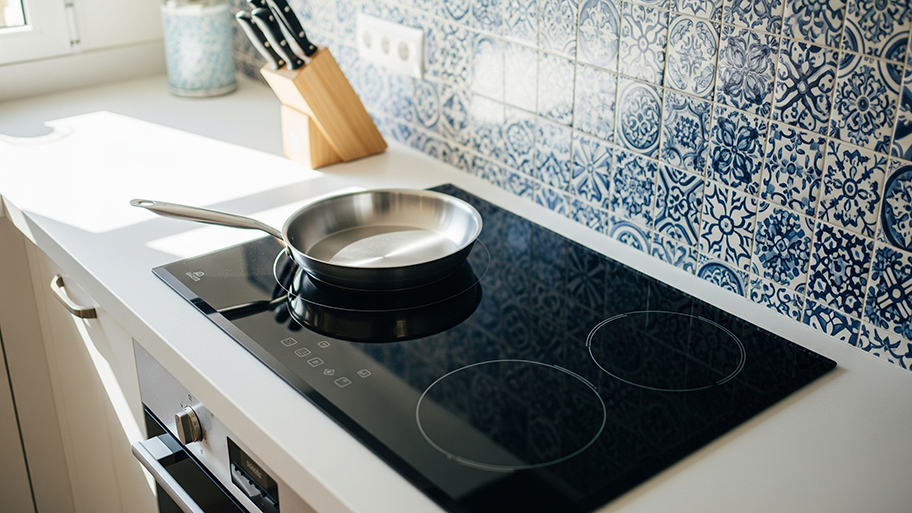
Broken glass stove tops are not only unsightly; they can also be dangerous. Use this guide to learn how much glass stove top replacements cost based on factors like size and type.

Get transparent refrigerator repair cost info. Learn what impacts price, compare repair vs. replacement, and find ways to save on your fridge repair.

If you notice your dryer vent leaking water, you could be prone to mold growth and water damage. Use this DIY guide to remedy the issue right away.

Burnt popcorn or a candle gone wrong can smell pungent and overwhelming. Find out how to get these smoky smells out of your house for good.

Without proper ventilation, a washing machine can clog, leak, and cause a dangerous mess in your home. Learn how to vent a washing machine drain with this guide.